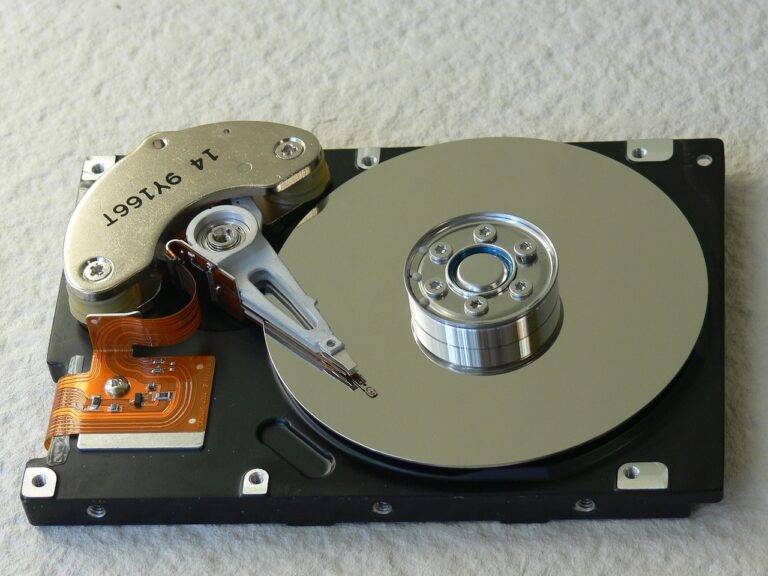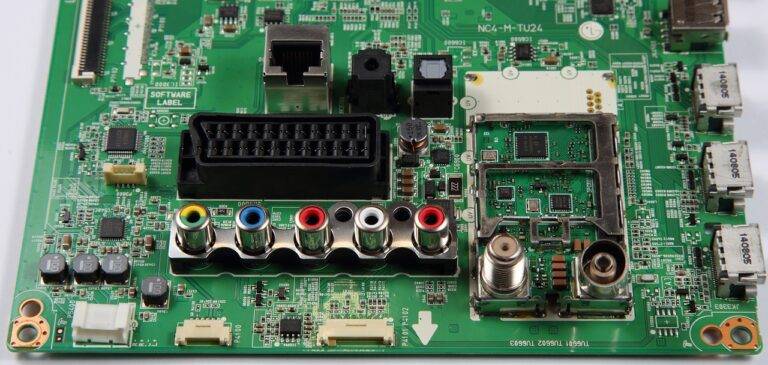The Role of Tech in Wildlife Monitoring
Traditional wildlife monitoring methods often rely heavily on manual data collection processes, which can be time-consuming and labor-intensive. Researchers often face challenges in effectively covering large areas of habitat to gather necessary information on wildlife populations. This limited scope of data collection can lead to incomplete or inaccurate data, impacting the overall success of conservation efforts.
Another common challenge faced in traditional wildlife monitoring methods is the reliance on subjective observations and estimations. Human error and bias can greatly affect the validity of the data collected, leading to inconsistencies in monitoring results. Additionally, environmental factors such as weather conditions and terrain can further hinder the accuracy of data collection in traditional methods, making it difficult to obtain reliable and comprehensive information on wildlife populations.
Advantages of using technology in wildlife monitoring
Technology has revolutionized the field of wildlife monitoring by providing researchers with innovative tools to collect data more efficiently and accurately. With the use of technology such as GPS tracking devices and camera traps, scientists can monitor animal movements and behaviors in real-time, leading to a deeper understanding of their habitats and conservation needs. This level of detailed information can help in making informed decisions for conservation efforts and management strategies.
Furthermore, technology has enabled researchers to conduct non-invasive monitoring techniques, reducing the disturbance to wildlife populations. By utilizing drones and satellite imagery, scientists can gather valuable data from a distance without disrupting natural behaviors. This approach not only minimizes human impact on the environment but also allows for continuous monitoring of wildlife populations in remote and hard-to-reach areas, improving the overall effectiveness of conservation efforts.
Different types of technology used in wildlife monitoring
Camera traps are a commonly used technology in wildlife monitoring. These remotely activated cameras capture images or videos of wildlife without human presence, providing valuable insights into animal behavior and population trends. Camera traps are especially useful for observing elusive or nocturnal species that are difficult to study through direct observation.
GPS tracking devices have revolutionized wildlife monitoring by allowing researchers to track the movements and behaviors of animals in real-time. These devices are usually attached to animals using collars, tags, or implants, providing precise location data that helps in studying migration patterns, habitat usage, and territory establishment. The information gathered through GPS tracking devices aids conservation efforts and enables better management of wildlife populations.
• Camera traps are a commonly used technology in wildlife monitoring
• These cameras capture images or videos of wildlife without human presence
• Camera traps are especially useful for observing elusive or nocturnal species
• GPS tracking devices have revolutionized wildlife monitoring
• Researchers can track the movements and behaviors of animals in real-time
• Devices are attached to animals using collars, tags, or implants
• Precise location data helps in studying migration patterns, habitat usage, and territory establishment
What are some challenges faced in traditional wildlife monitoring methods?
Some challenges include limited coverage area, high labor costs, and potential disturbance to the animals being monitored.
What are the advantages of using technology in wildlife monitoring?
Technology allows for remote monitoring, real-time data collection, increased accuracy, and the ability to monitor a larger area with less manpower.
What are some different types of technology used in wildlife monitoring?
Some examples include GPS tracking devices, camera traps, drones, acoustic sensors, and satellite imagery.
How does GPS tracking devices help in wildlife monitoring?
GPS tracking devices can provide researchers with real-time location data on animals, allowing them to track movements, study behavior, and monitor populations.
How do camera traps help in wildlife monitoring?
Camera traps capture images or videos of wildlife in their natural habitats, providing valuable information on species presence, behavior, and population size.
How do drones aid in wildlife monitoring?
Drones can be used to survey and monitor wildlife from the air, providing researchers with aerial footage and data on animal populations, habitats, and threats.
What role do acoustic sensors play in wildlife monitoring?
Acoustic sensors can record and analyze animal sounds, such as vocalizations or calls, to monitor species presence, behavior, and population trends.
How does satellite imagery contribute to wildlife monitoring?
Satellite imagery can be used to track changes in land cover, habitat loss, and wildlife populations over time, providing valuable insights for conservation efforts.





